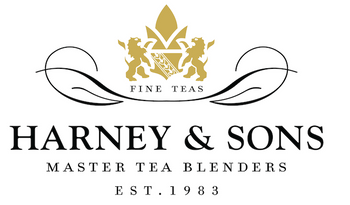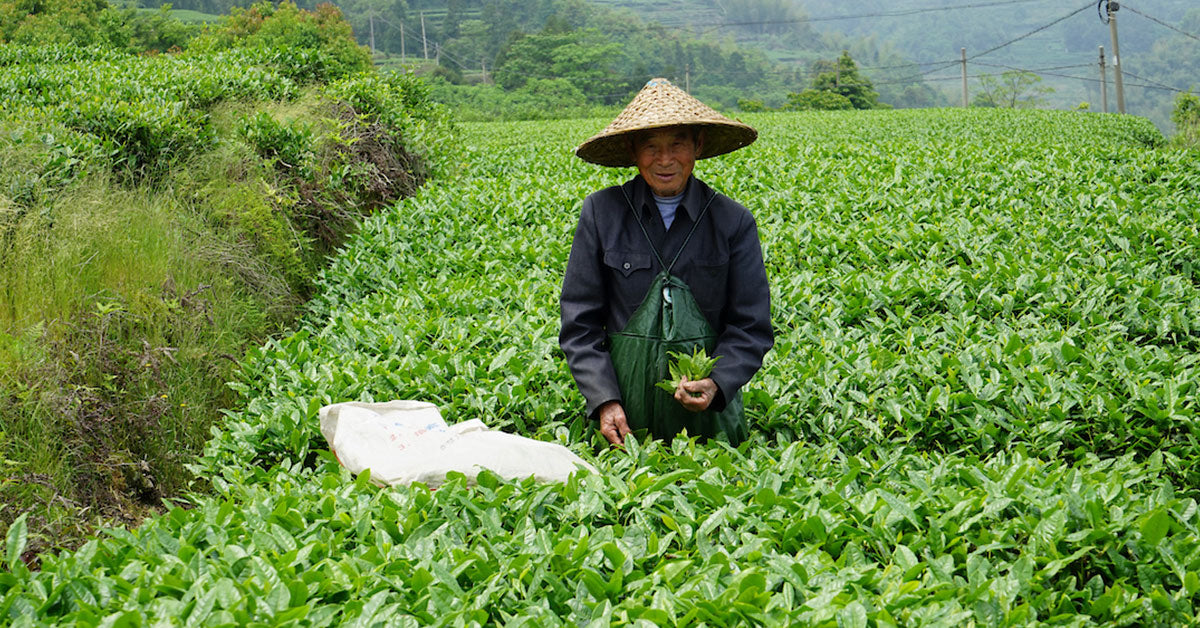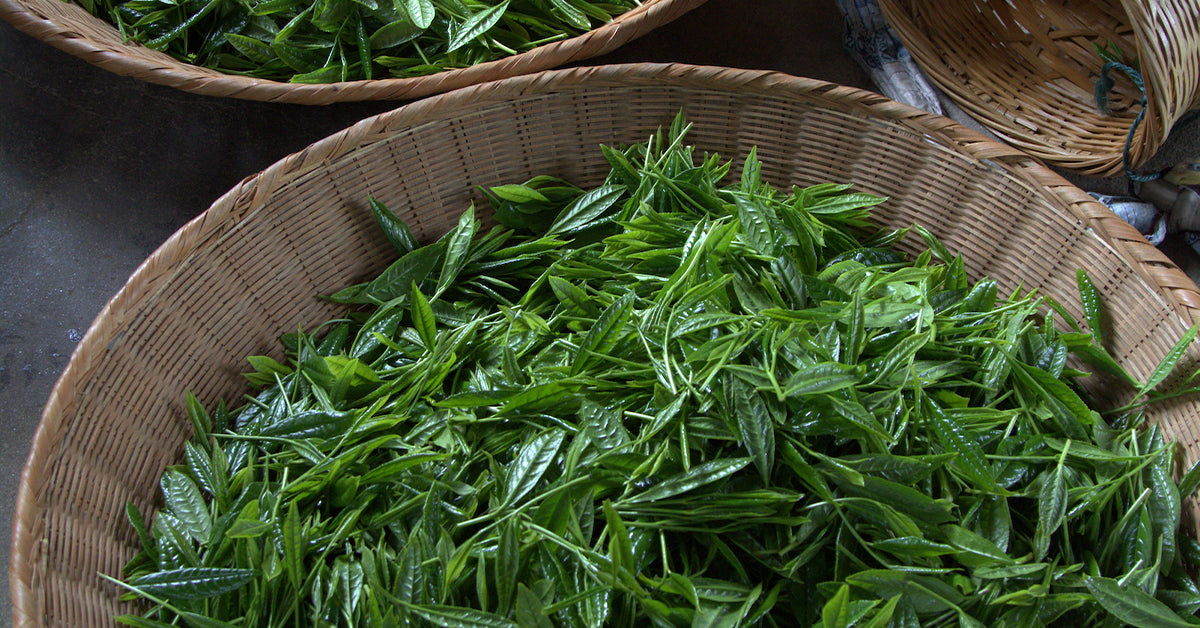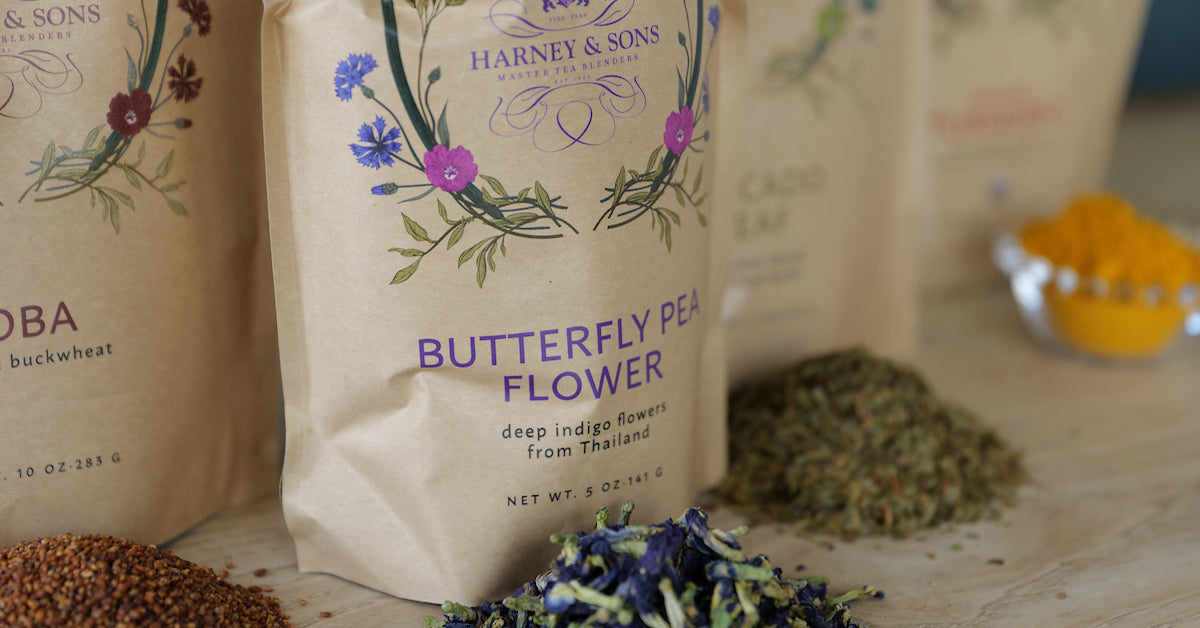
We get a lot of questions about tea here at Harney & Sons -- we’re pretty sure it’s because we’re a global tea company -- but the question we probably get asked the most is about tea seasons and about the difference between first, second and third flush. We will straight up skip the juvenile potty humor and go right for the fascinating facts about tea growing seasons and what all those terms mean.

What Does Tea Growing Season Mean?
The cycle refers to growth patterns of the tea plant. So, even though the tea plant is an evergreen and never shed its leaves, like a maple tree it does have times when it grows and times when it stops. Most growth periods are called “flushes.” The flushes vary depending on how close the plants are to the equator. Most northern hemisphere growing areas (China, India, Taiwan and Japan) follow the same seasons as we have. Growing stops in the winter, starts in the spring and peaks in the summer.
What Does the “Flush” Terminology Indicate?
Glad you asked! Spring growth in the first flush. Usually that is growth based upon stored energy from the previous year.
After the tea plant consumes all of its stored energy from the last season, it takes a pause -- kinda like most of us after Thanksgiving dinner. When it has enough energy from the spring and early summer, it does another growth season. Not all areas make a second flush. In the Lung Ching tea area, they cut the tea plants way back and wait until the next spring. And in Japan, it becomes bancha, which is not as good as the sencha made a few weeks before.
That leaves third flush, which is -- wait for it -- the third growing phase! Most areas do not worry about this. However, in India, after the plants dry out from the drenching monsoons, they start to grow again. These are more frequently called autumnal. It is a season of little production or note.

Is One Season or Flush Better Than Another?
This is all in the eye of the beholder. The Chinese would say “yes,” and the Japanese would agree. With Darjeeling from India, some people favor the brisk, greenish first flush. And some are aficionados of the darker teas with muscatel notes. Assam barely makes any first flush teas, saving their powder for the strong malty second flush teas. With oolongs, most people prefer the spring teas (more “soup” as they say).
While we’re talking about “season” and “flush,” you should know the terms are similar, but the Chinese use the terms of season, while British Legacy Teas from areas of India and Sri Lanka use the flush terms.
What Impact Does Weather Have?
The impact is an interplay of flush (which follows the seasons) and the weather. So spring comes each year, sometimes earlier but sometimes later depending on the weather. Nowadays, it is usually earlier because of global warming. Weather also affects the growth of any flush -- how hot and how much rain affects the growth of the tea leaves and how they make your favorite beverage taste.

What Seasons of Teas Does Harney Purchase?
Most of our Chinese teas are from the spring, with black teas coming after the green teas. Similarly, the best Japanese teas are from the spring or first flush. So, we buy our green teas from the spring or first flush, also many of the specialty black teas from that time. Our main Chinese black teas are from the second flush. As mentioned, in India it varies. Darjeeling is from both flushes, with the main purchase of blended darjeeling mostly from the second flush. Assam is 100% second flush.
I hope this helps you understand the terminology a little better than you may have previously. This type of topic is one of the reasons I love tea -- it’s an incredibly complex product, and there’s so much that goes into a simple cup of tea that most people don’t know. I find it fasTEAnating!





19 comments
gary hein
The plants are semi-generic?
The teas we drink are then based on region, flush, and curing methods?
The plants are semi-generic?
The teas we drink are then based on region, flush, and curing methods?
Rose
Thanks for the info. This is helpful. I am a big fan of all your teas, especially the lighter first flush/spring teas.
Thanks for the info. This is helpful. I am a big fan of all your teas, especially the lighter first flush/spring teas.
chuck james
Greatest Tea !!!
Greatest Tea !!!
Terri Grady
Very interesting article! I am wondering about teas from Indonesia, which is so close to the equator. I used to live in West Java where there are lots of tea plantations. However, I don’t think Indonesia has really developed as a tea producing country. I’ve wondered why that is. What are your thoughts on Indonesian teas?
Very interesting article! I am wondering about teas from Indonesia, which is so close to the equator. I used to live in West Java where there are lots of tea plantations. However, I don’t think Indonesia has really developed as a tea producing country. I’ve wondered why that is. What are your thoughts on Indonesian teas?
Nancy
Very interesting as are the previous articles. The photographs are beautiful! Thank you!
Very interesting as are the previous articles. The photographs are beautiful! Thank you!
Emilio Lopez
Thank you ; Great information!
Thank you ; Great information!
Cynthia
This was a great article. Thank you. Some day I will make to your neck of the woods. Have gotten to see Charleston Tea Plantation in 2019. That was a great find for a tea lover. I believe in spreading out my tea drinking to many tea people. Love your wedding tea!
This was a great article. Thank you. Some day I will make to your neck of the woods. Have gotten to see Charleston Tea Plantation in 2019. That was a great find for a tea lover. I believe in spreading out my tea drinking to many tea people. Love your wedding tea!
P. Bolton
Thanks so much for sharing your knowledge of growing and harvesting tea. I have a tea plant that I’ve been growing for several years. I love watching it grow. I’m also a fan of all of your teas. They never disappoint. Thanks again for sharing the information.
Thanks so much for sharing your knowledge of growing and harvesting tea. I have a tea plant that I’ve been growing for several years. I love watching it grow. I’m also a fan of all of your teas. They never disappoint. Thanks again for sharing the information.
Livia
Very interesting.
Is the taste different from one season to the other? Is it like olive oil that the first press is always the best? Does that effect the price?
Thanks for the information.
Very interesting.
Is the taste different from one season to the other? Is it like olive oil that the first press is always the best? Does that effect the price?
Thanks for the information.
Maryann
Thank you for this education! I love your teas, but the number of choices can be overwhelming.
Thank you for this education! I love your teas, but the number of choices can be overwhelming.
Julie
I love tea but have never taken the time to learn about the tea harvesting process. This was a great article. Thank you.
I love tea but have never taken the time to learn about the tea harvesting process. This was a great article. Thank you.
Gabriela Griffith
I love your teas, however I did not enjoy the Dr. Li talks. I was super hyped about the seminars and even invited my husband (who is a very hard sell for stuff like this) and we were utterly disappointed on the information provided. As my husband said it was nothing we did not already know AND he recommended to incorporate items in our diet which have been proven to actually be detrimental. In addition, he barely talked about tea. A waste of time! :(
I love your teas, however I did not enjoy the Dr. Li talks. I was super hyped about the seminars and even invited my husband (who is a very hard sell for stuff like this) and we were utterly disappointed on the information provided. As my husband said it was nothing we did not already know AND he recommended to incorporate items in our diet which have been proven to actually be detrimental. In addition, he barely talked about tea. A waste of time! :(
Lori
Thank you for the great information. Now I know why Assam tea is my favorite.
Thank you for the great information. Now I know why Assam tea is my favorite.
Steve Shackley
Thanks for this. I favor Assam. I worked in Ireland for a while and they like Assam too and became addicted (a good addiction). Assam is often not available for a period of time, but the black teas like your orange peakoe seem to always be available (I have to drink only decaf now for health reasons). Is there more orange peakoe grown than Assam and that’s why the latter isn’t available as readily? Maybe it’s because I can only buy decaf.
Thanks for this. I favor Assam. I worked in Ireland for a while and they like Assam too and became addicted (a good addiction). Assam is often not available for a period of time, but the black teas like your orange peakoe seem to always be available (I have to drink only decaf now for health reasons). Is there more orange peakoe grown than Assam and that’s why the latter isn’t available as readily? Maybe it’s because I can only buy decaf.
Patti
Thanks for this helpful explanation. It makes the tea experience even more tea-lightful.
Thanks for this helpful explanation. It makes the tea experience even more tea-lightful.
Paula
I enjoy reading your “Spills the Tea” and “Teafluencer” articles, often while I drink a cup of Scottish Morn tea.
I enjoy reading your “Spills the Tea” and “Teafluencer” articles, often while I drink a cup of Scottish Morn tea.
Roxanne
Very interesting! I look forward to your next post.
Very interesting! I look forward to your next post.
Marge Jerich
Love your series with Dr li
Love your series with Dr li
Kathy
Thank you. Very informative. I have tp say I am a fan of your Darjeeling tea!
Thank you. Very informative. I have tp say I am a fan of your Darjeeling tea!